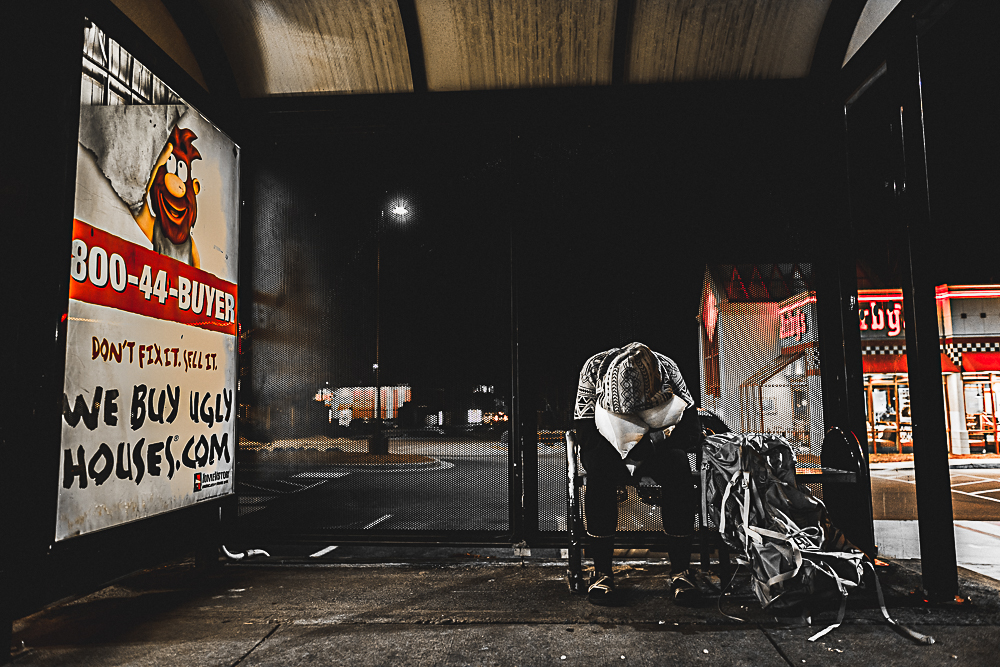Hidden among the shadows of academia is a silent dilemma common to thousands of American college students: homelessness. It is a story embodied by scarcity and struggle in the daily lives of students from coast to coast.
FASFA reports as many as 58,000 college students nationwide are afflicted by homelessness. This data is considered the most reliable, but it may not be the most accurate, since colleges are not technically required to document the number of homeless students enrolled at their institutions.
Often in plain sight, these are students accustomed to a reality of college life without sanctuary or voice.
“This population is invisible,” Shirley Fan-Chan, board member of the National Association for the Education of Homeless Children and Youth, told WBUR. “Few college students want to identify themselves as homeless while pursuing a college degree.”
Indeed, it is embarrassing to admit to academic peers and mentors the reality of nights spent sleeping in a parking lot. From the perspective of a homeless student, the expectation of empathy becomes a luxury. The problems contributing to homelessness among college students are also representative of a larger issue: economic inequality. There is a severe lack of affordable housing in the U.S. and a growing gap between earnings and housing expenses.
These issues, coupled with high tuition rates nationwide, negatively affect homeless students’ short- and long-term success. Tuition rates are astronomically high and continue to rise. Bloomberg reports that the cost of higher education has surged more than 500 percent since 1985.
According to the Institute of College Access and Success, the average student loan debt has increased from $18,550 in 2004 to $28,950 in 2014. That means students face this burden both during school and for decades after they graduate. The rising cost of tuition makes it difficult for a student to achieve basic needs while balancing academic success.
Fortunately, some groups are working to alleviate this issue by providing more options and resources to homeless and food-insecure college students. The College Cost Reduction and Access Act, implemented in 2007, included provisions to make tuition more affordable and established that unaccompanied homeless youth qualify as independent students for the purposes of federal financial aid. More recently, the Every Student Succeeds Act of 2015 focused on making a direct impact on homeless students’ transition to higher education.
Many colleges are also taking action to combat student homelessness by providing resources like emergency housing, food pantries and scholarship opportunities. Kennesaw State University is one of the first schools in the country to provide emergency temporary living and assistance for homeless students. The CARE Center opened the one-bedroom, one-bathroom dorm in August 2016.
Colleges nationwide are implementing similar economic crisis programs, awareness campaigns and outreach assistance programs. Though it isn’t a permanent solution to student homelessness, its is a necessary step that builds a foundation for groundwork in the future.


